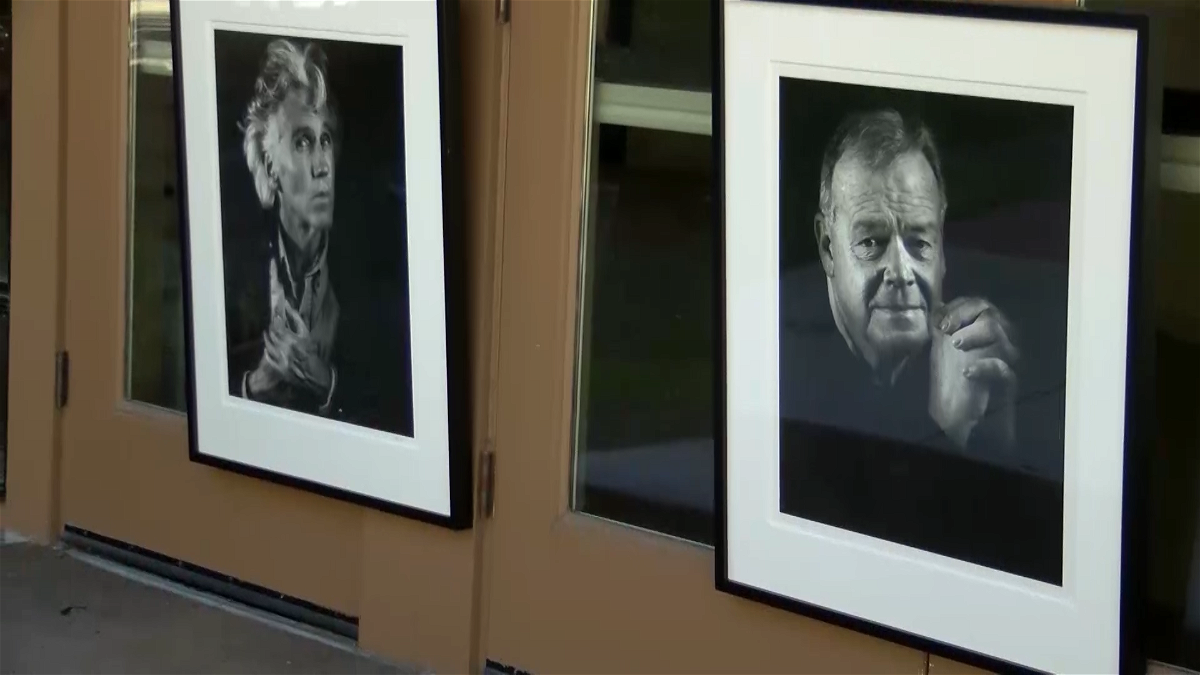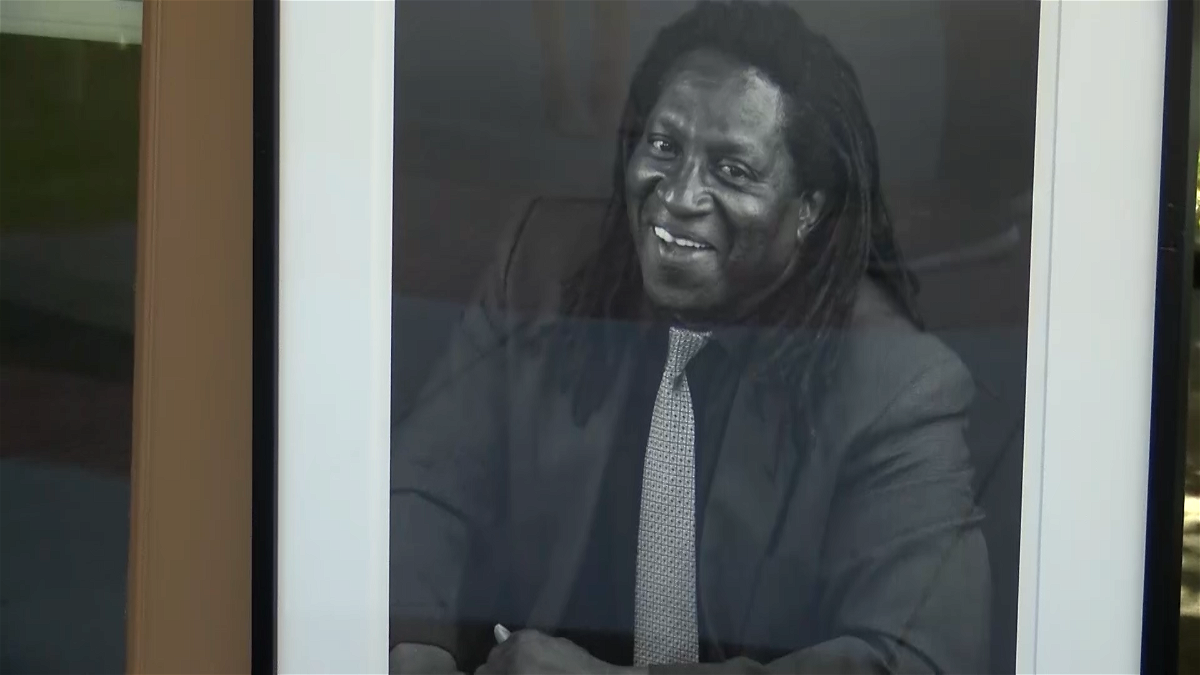Portraits help give new light to the homeless
MONTEREY COUNTY, Calif. (KION-TV) Reed Bennett from Carmel drives people around for a living. He was once a driver for dealerships.
Everything is back on track for Bennett, he tells KION. But life wasn't always this way a decade ago.
In 2011, Bennett suffered a horrible accident in Wyoming while on vacation. His partner died. When he returned to the Peninsula he was broke and lost his job at the dealership. Very quickly, he found himself living on the streets. An experience he described as traumatic.
"It took me three years to partially put my life back together," said Bennett. "It was an ongoing process and the way it is today, things are great."
Bennett credits photographer Bob Sadler as one of the main reasons for his success story.
A few years back Sadler started taking pictures of people who were living in the street. He said his goal was to change people's perspectives and break stereotypes.
"When I bring their pictures back, I get most of the rest," said Sadler. "They say, 'I see what you're doing. If you're going to take that picture. My mother would want that.'"
It was a man at one of the I-HELP dinners, an interfaith program, who taught Sadler how to set up a photo. The man had a fine arts master from Rochester Poly-Tech and had done his thesis on the Armenian-Canadian photographer Yousuf Karsh who is known for his black-and-white portraits of historical figures from Albert Einstein and Martin Luther King to Audrey Hepburn and Queen Elizabeth.
According to Sadler, the man had been living in the woods for six weeks and his first night in the program he meets Sadler. Before he could show him his work, a week later, the man was on a flight to Denver to work as the Chief Officer for an animation company.
Whether it was coincidence or fate, Sadler wanted to help the homeless in his area. At first, it started as a fundraiser for local programs, but there wasn't enough money. "The federal government went into sequestration and they cut all the money for homeless programs, here. So it all had to be privately raised," Sadler recalled.
After going to several civic groups Salder said many people at first didn't like the idea of raising funds for the homeless. However, he was able to change their minds once he shared their stories and presented his portraits.
"Even people who said they were not fans of the homeless-- they were pretty conservative people," Sadler said. "But when they saw their faces and heard some of the stories, they said I could help them."
His portraits started showing up at exhibits. Their faces were mistaken for high profile people, and the men started to feel different. It suddenly fueled their motivation. Shelder said he's been told that about half of the people who get their portrait taken with him, find jobs and a place to live at some point.
"They put it under their pillow when they go to sleep," said Sadler. "And when they wake up in the morning that’s the first thing they see."
Sadler has also been trying to spread the word in a Facebook group called Unsheltered, where several photographers across the nation share their photos of the unsheltered.




